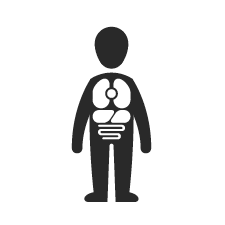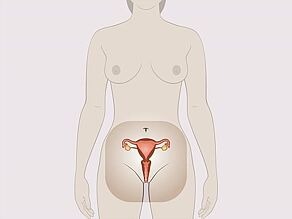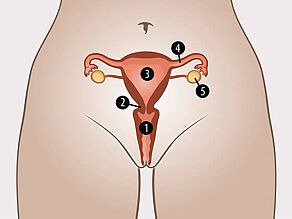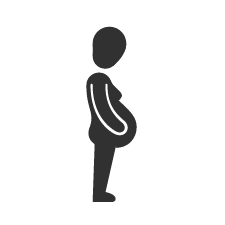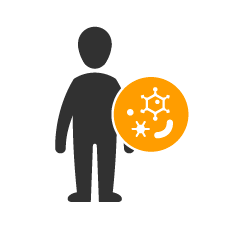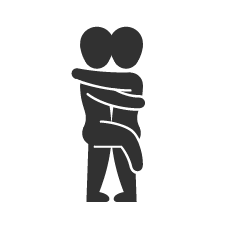The sexual organs in the woman's body (internal sexual organs) are:
Vagina
The vagina is a cavity with an opening to the outside. This cavity leads to the opening of the uterus (cervix). The vagina is about 10 cm deep.
The vagina has elastic walls that sit close together. The walls can be tense (making the opening tighter) or relaxed.
During the menstrual period a woman bleeds out of the vagina.
The hymen sits at the entrance of the vagina. This is a soft ring of tissue.
During sexual intercourse the penis slides into the vagina (penetration).
Babies are born through the vagina at birth.
Uterus
The uterus looks like a pear standing on its head. The narrow part of the pear is the cervix.
The uterus grows together with the baby during pregnancy. After birth, the uterus slowly becomes smaller again.
Cervix
The cervix is a part of the uterus that protrudes out into the vagina.
The cervical canal at the beginning of the cervix is normally closed. It opens during birth because the baby's head presses on the cervix from the inside.
Fallopian tubes
Women have two fallopian tubes approximately 10 to 15 cm long, one on each side of the uterus.
The fallopian tubes carry the egg cells out from the ovaries to the uterus.
Ovaries
The ovaries hold the woman's egg cells. When a woman is born she already has all of her egg cells.
An ovary is the size of a strawberry.
The ovaries produce the female hormones.
In sexually-mature women, an egg cell usually matures once a month in the ovaries. If the egg cell is not fertilized, approximately 14 to 16 days later the menstrual period will begin. However, it is also possible that more than one egg cell matures in a month.
The hormones also affect the skin, bone density and mood. They tell the body how to prepare for a pregnancy.
When a woman gets older, the body produces less female hormones. This is called menopause. Many women will feel alternately sad and, in the next month, happy again (mood swings). They can also suddenly feel hot and sweat (hot flashes).

